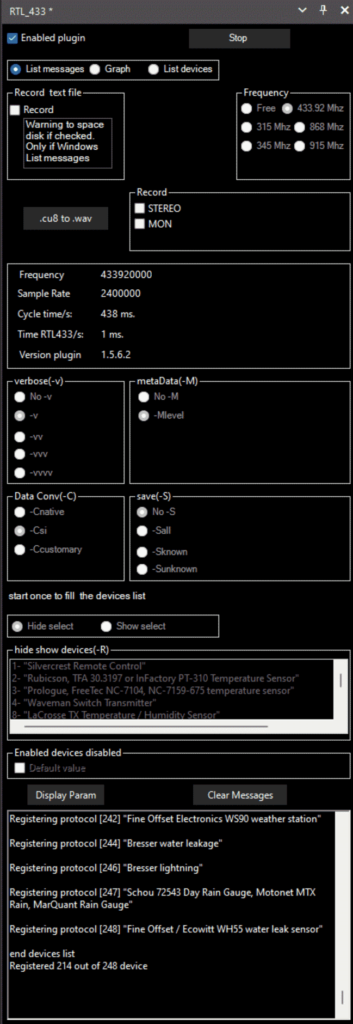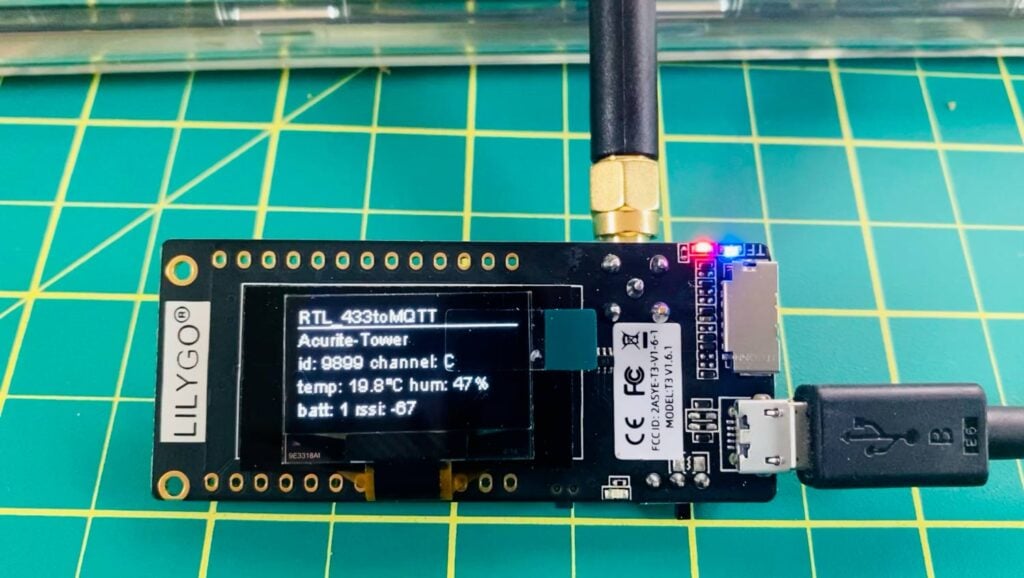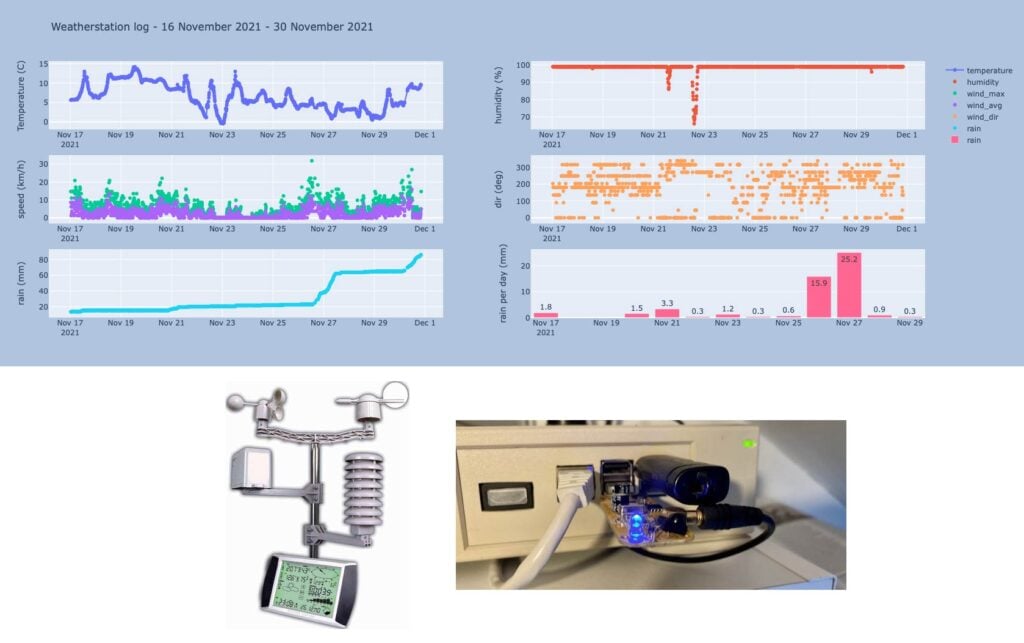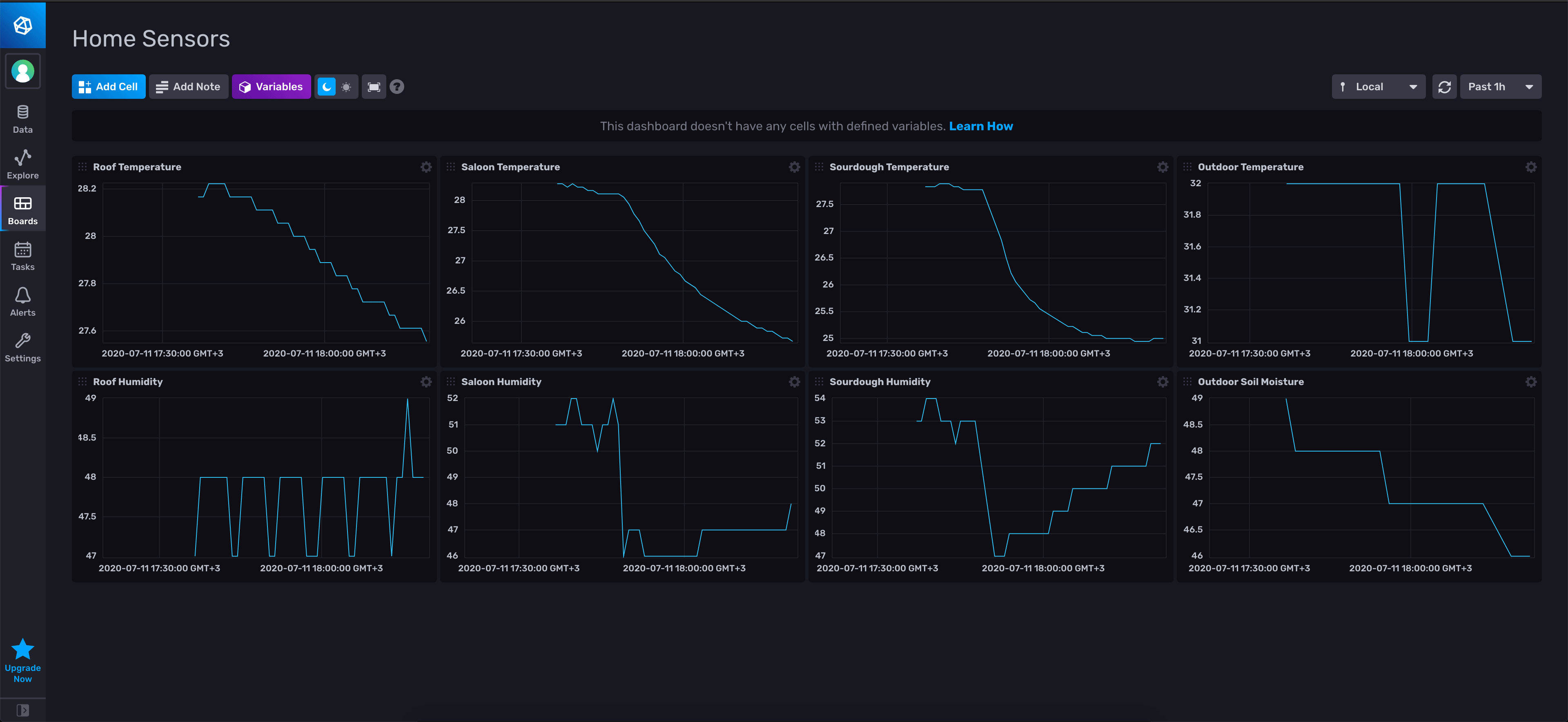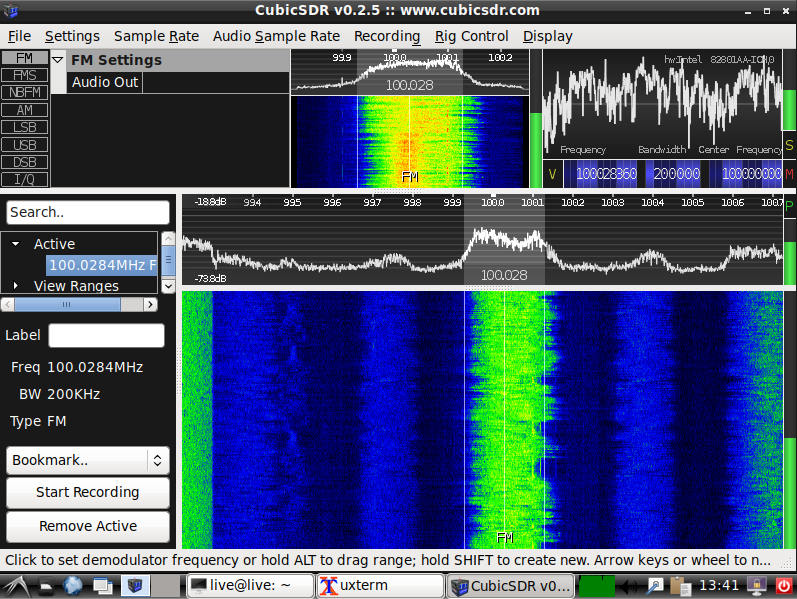RTL433 Plugin for SDRSharp Updated
Back in 2021 we posted about a SDR# plugin that allowed you to interface with rtl_433 from within SDR#. RTL433 (rtl_433) is a commonly used RTL-SDR command line program that provides decoders for a wide range of 433.92 MHz, 868 MHz, 315 MHz, 345 MHz, and 915 MHz ISM band devices. Examples of such devices include weather stations, alarm sensors, utility monitors, tire pressure monitors and more.
Recently there have been a few updates to the plugin after a years hiatus which probably meant that the older version was not compatible with newer versions of SDR#. But there are also several bugfixes and minor changes made to the plugin too which can be read about on the GitHub Readme.
To download the plugin we recommend clicking on the green <>Code button on the GitHub page and choosing Download Zip. You can then browse to the install/1.5.6.2 folder. Copy the three .dll files into the Plugins folder in your SDR# directory. Then open SDR#, go to the main hamburger menu -> plugins -> RTL_433.
